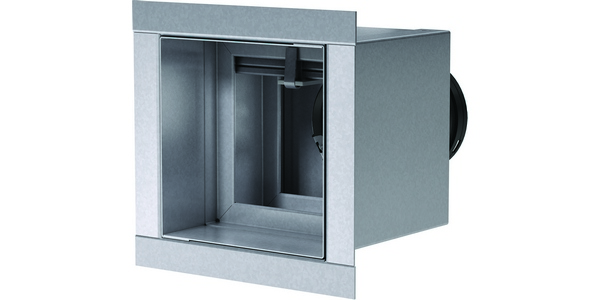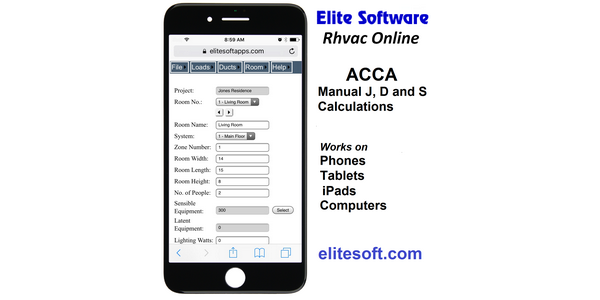Bell & Gossett Releases E-Book Series on Role of Hydronics in Sustainability
A wave of new building codes, policies and regulations are driving change and creating new challenges for the commercial building market. In the quest to build better, engineers, architects and building owners are embracing sustainable solutions, with hydronic heating and cooling system design at the forefront of this movement.
Bell & Gossett has released a series of e-books that explore the value of hydronics in reducing HVAC systems’ negative impact on the environment and advancing sustainability, decarbonization and net zero emissions. The new books include:
E-book 1: Legislation and Economic Incentives Drive Hydronic Solutions
From environmental and societal pressures to tighter regulations and policy reform, there are a range of factors driving more sustainable building practices. Equally influential are economic incentives aimed at making the adoption of environmentally friendly technologies more attractive and accessible for commercial building owners.
E-book 2: Hydronics Overcomes Modern Building Challenges
With sustainability increasingly top of mind, modern HVAC system design is a growing focus within the commercial building industry. Accounting for 40% of the total energy use in commercial buildings, HVAC systems are a significant contributor to wasted energy, greenhouse gas emissions and high operating costs. This e-book looks at the main drivers of modern HVAC systems and why hydronic systems are the solution of choice to address the breadth of modern building challenges.
E-book 3: Future-proofing the Built Environment with Hydronics
This e-book explores the value of hydronic heating and cooling sources to help reduce HVAC systems’ negative impact on the environment and advance sustainability, decarbonization and net zero emissions, along with the ability to provide considerable savings as the commercial building industry focuses on reducing energy consumption.




